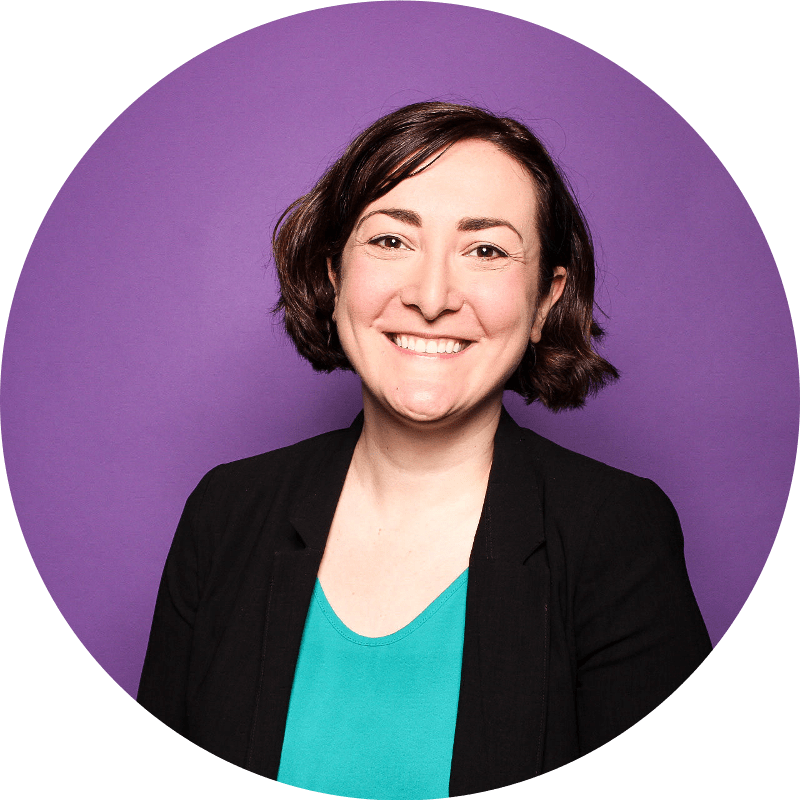Keeping track of a dynamic competitive landscape and enabling your entire company to succeed with market insights is no small feat. For our most recent State of Competitive Intelligence Report, more than 1,000 CI professionals shared their best practices, challenges, and results they’ve experienced when leading CI at the organizations. Challenges shared by CI professionals range from gathering accurate competitive intelligence data to getting internal buy-in for CI programs to quickly analyzing and acting on insights that are discovered. Here are five of the top challenges CI professionals are tackling this year. For more challenges and best practices, download the full report.
#1 - Accuracy & Reliability of Data Sources
Many respondents shared the difficulty in “finding the RIGHT and ACCURATE information” to analyze and share with their teams. CI professionals find it challenging to consistently collect accurate intel and stay “on top of numerous sources of info and data.” “Keeping up with all the activity in our market,” is a common challenge, as well as “handling ‘hearsay’ intel collected in the field.”
How to tackle this challenge: Be sure to track each competitor’s entire digital footprint both on and off their website. Leverage technology to automatically capture, organize, and prioritize each update so that you can focus on the most impactful changes.
#2 - Timeliness of Data
Not only are CI professionals struggling with collecting accurate intel, but they also struggle with getting that data in a timely manner. “Keeping the data fresh,” is a key challenge, “sometimes by the time we see it, it’s already changed.” Some mentioned simply “not having enough real-time data” while others said, “lots of people do small slices of it and it’s hard to communicate findings in a timely way.”
How to tackle this challenge: CI data doesn’t need to be manually collected. Manual research is slow and time-consuming, and results in out-of-date intel and little time to actually analyze findings. Automatically capture competitor movements with technology and integrate real-time intelligence with CI deliverables like battlecards, competitor profiles, and customized email alerts. Finally, be sure to centralize your competitive intelligence data so that you can combine intel from automatic sources as well intel from the field.
#3 - Internal Buy-in
While CI professionals struggle to get the data they need, they also struggle to get buy-in from their colleagues to their CI program altogether. “Getting buy-in from the whole organization” and “internal acceptance” were frequently mentioned as challenges, along with integrating the company into the CI program. “Full company inclusion,” they shared, is a challenge, because CI “operates in a siloed environment.” “Getting everyone on the same page” is key in order to make sure the intel is actually utilized.
How to tackle this challenge: Incorporate all stakeholders in the goal-setting process for your CI program. That way, you get some internal buy-in from the start and align the CI program to top priorities of each department. Then, don’t underestimate the power of building a brand and incentivizing your team to get involved with your CI efforts.
#4 - Distribution of Intel
Once there’s buy-in, there’s still the task of getting the intel to all of the CI stakeholders. “Distribution of information and engagement,” as well as struggles with “not enough visibility across the organization” came up. Specifically, “developing battle cards and facilitating the sharing of competitive insights” is a top challenge related to distributing intel, as is the adoption of CI resources.
How to tackle this challenge: Make your CI resources living and breathing assets. Connect them with real-time intelligence so that updating resources isn’t a hassle. In addition to that, tailor your deliverables to the audience to ensure the consumption of your resources. Finally, share early and often - companies that share intel daily are 155% more likely to see revenue increases from CI efforts compared to those who share intel ad-hoc.
#5 - Driving Action
CI doesn’t stop with distributing intel. Ultimately, it needs to drive action across the business. “Getting actionable insights” and “translating the intel into useful and impactful resources” was a top challenge. In other words, CI professionals struggle with “turning our research findings into actionable, bottom-line drivers.”
How to tackle this challenge: Once you have a competitive insight, focus on the ‘so what’ - why this is important to the business - and the ‘what now’ - if/how your stakeholder should respond. Does a new competitive campaign mean that your messaging needs to change? Does a trend in a competitor’s product investment require reevaluating your product roadmap? Finally, make sure that these insights get to the right audiences in a timely manner so that the company can truly act upon your findings.
Whether you’re starting a new CI initiative or have an established practice at your company, these challenges likely resonate with you. To see the other top challenges, best practices, or benchmarks of how other businesses tackle CI, check out the State of Competitive Intelligence Report.

Related Blog Posts
Popular Posts
-
 How to Create a Competitive Matrix (Step-by-Step Guide With Examples + Free Templates)
How to Create a Competitive Matrix (Step-by-Step Guide With Examples + Free Templates)
-
 The 8 Free Market Research Tools and Resources You Need to Know
The 8 Free Market Research Tools and Resources You Need to Know
-
 Sales Battlecards 101: How to Help Your Sellers Leave the Competition In the Dust
Sales Battlecards 101: How to Help Your Sellers Leave the Competition In the Dust
-
 6 Competitive Advantage Examples From the Real World
6 Competitive Advantage Examples From the Real World
-
 How to Measure Product Launch Success: 12 KPIs You Should Be Tracking
How to Measure Product Launch Success: 12 KPIs You Should Be Tracking



.png?width=500&name=Sales%20Enablement-What%20is%20SE_%20(2).png)

